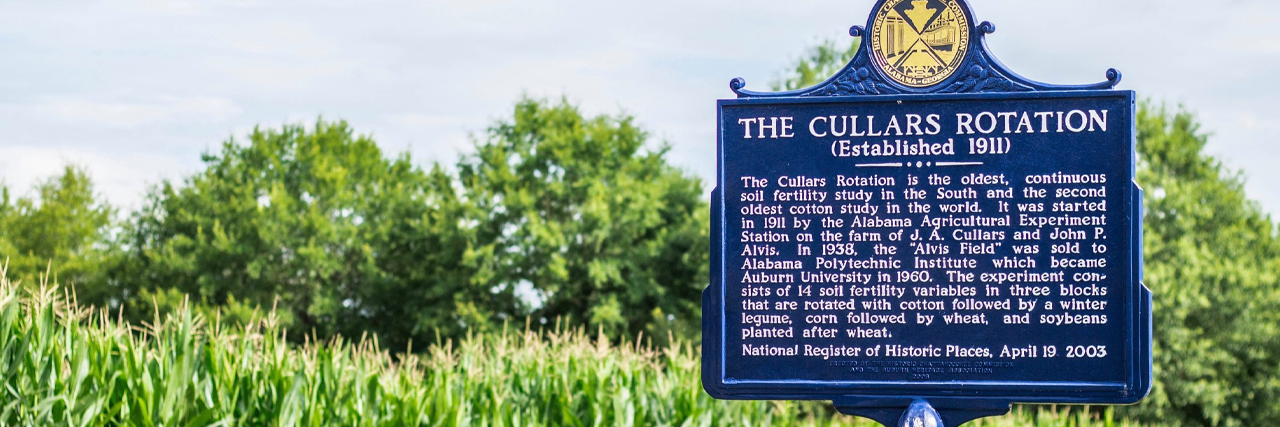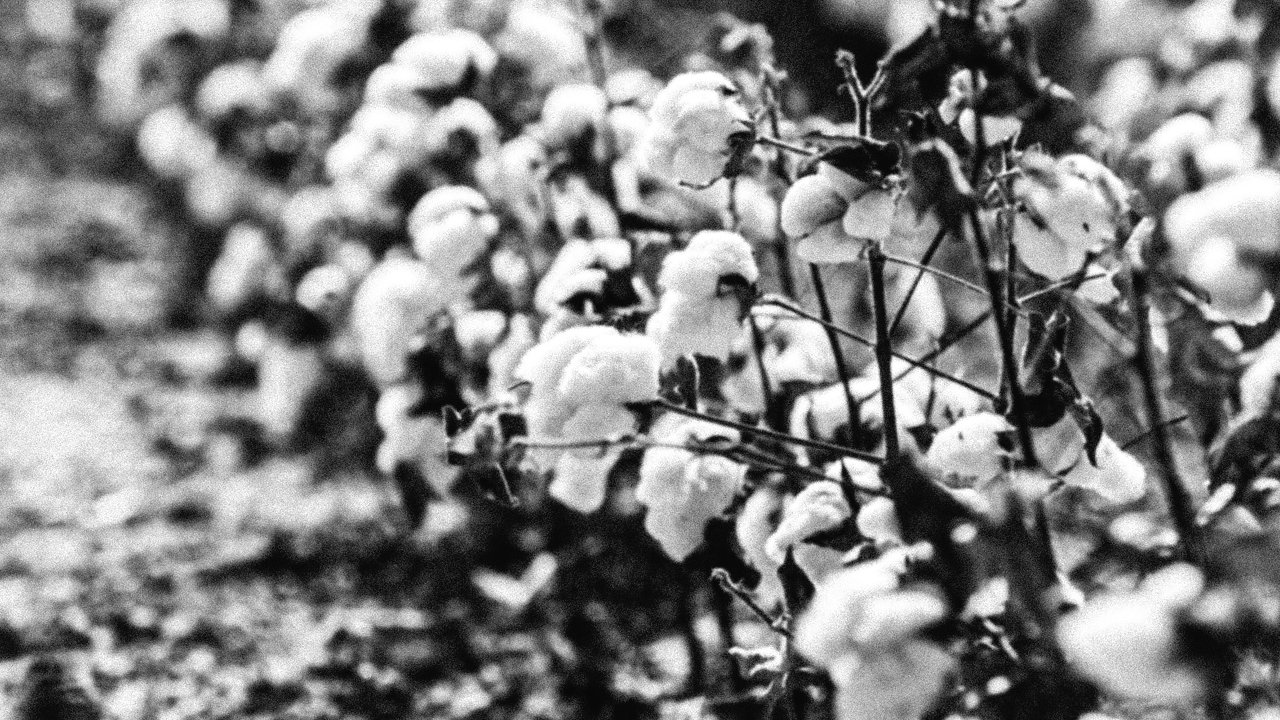
The Historic Cullars Rotation
Established 1911
The Cullars Rotation is the oldest continuous soil fertility experiment study in the south. Located on the Alvis Field, the Cullars Rotation was named for Mr. J.A. Cullars who owned and farmed this land with his brother-in-law, John Alvis in the late 19th and early 20th centuries.
History
In the 1880s, Professor George Atkinson, a biologist at the Agricultural and Mechanical College of Alabama (now Auburn University), conducted cotton research on this site that led to the discovery that “cotton rust” was a potassium deficiency. In 1911, this experiment was one of over 200 established on farmers’ fields throughout Alabama to study crop response to added nutrients, especially potassium. This property was purchased by Alabama Polytechnic Institute in 1938. The “Cullars Rotation” experiment has been maintained and monitored since its beginning. Today, the Cullars Rotation provides us with important information on the long-term effects of fertilization on sustainable crop production in sandy, Coastal Plain soils. In 2003, this site was placed on the National Register of Historical Places.
Management
The Cullars Rotation is managed by:
- Auburn University Department of Crop, Soil and Environmental Sciences
- Alabama Agricultural Experiment Station
- USDA-ARS National Soil Dynamics Laboratory
Support is provided by:
- Alabama Wheat and Feed Grains Committee
- Alabama Soybean Producers
- Alabama Cotton Commission

